
A lot of people know several famous photographers like Ansel Adams or Dorothea Lange, but the same can’t be said about the famous black photographers, both contemporary ones and artists from the previous eras.
Starting from the beginning of the 20th century and to this day, black photographers have to rise above countless challenges and discrimination while producing some of the most breathtaking and meaningful photos in the history of this art form.
Location: LA/New York, US
Shamayim is an incredibly talented global fashion photographer who frequently organizes photoshoots at exotic places to not just work in interesting environments but also tell a story related to fashion designs and models that are going to be featured in his photos.

His photography style is often described as captivating and cinematic, as Shamayim has experience collaborating with leading brands like Nike, Converse, Rolling Stone, and GQ.
He was included in TIME Magazine's "12 African American Photographers you should be following" right now" list.

Shamayim's photos are usually dedicated to the concepts of identity, culture, and social justice, as he particularly emphasizes the importance of motivating and celebrating Black voices. His work instantly catches the viewer’s eye with vibrant colors, dynamic imagery, and evocative emotional resonance.
Location: Ghana
Colors are a core part of Gyasi’s portfolio. His rich tones offer more than simple aesthetic pleasure since he believes that “color can serve as a therapy, it can treat depression and transform emotions.”
Gyasi takes photos that look daring and convey a sense of hope, as he often shares the stories of marginalized people who are frequently neglected or mistreated by society.

Most of Prince’s photos are taken in his hometown of Accra, as he draws inspiration from the surrounding landscapes and community. Gyasi sparingly employs digital manipulation to take pictures of subjects against stunning textured backdrops, the ocean, creased metal huts, and sunsets.
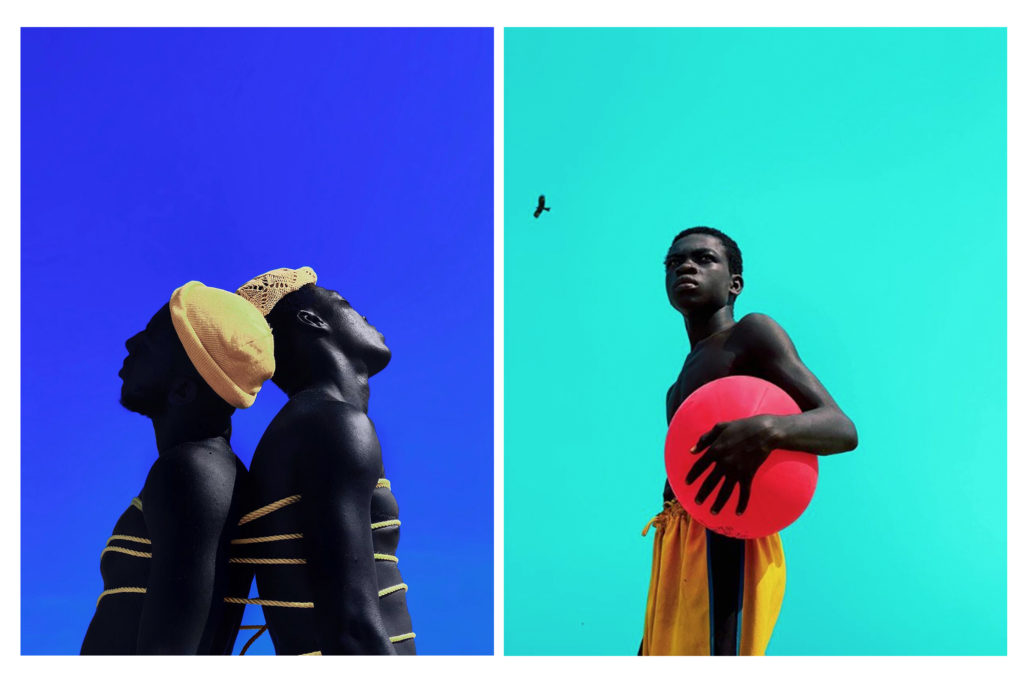
He loves creating vibrant contrasts between the model’s skin and attire and the surrounding scenery. Gyasi’s portfolio highlights the beauty and grace of black skin, providing an alternative point-of-view to dominant principles of beauty.
Location: Chicago, US
Dana is a Chicago photographer who is the first Black woman to work for ESPN’s Body Issue as well as the first to photograph for the cover of Rolling Stone.
Dana’s most important photos were featured in her own magazine – SCRUGGS, which was dedicated to the beauty of the male body.

Scruggs wrote and created all the content on her own, as this publication can be interpreted as a visual diary or her artistic manifesto. You can also find Dana’s work included in Vanity Fair, TIME, The New York Times, and other leading magazines.
Her portfolio features a broad range of subjects, but her main area of focus continues to be admiring and altering perceptions of the Black male form.

Location: London, UK
Flo is among the most inspiring photographers you’ll ever hear about, and in 2022, she managed to become the first Black woman to take photos at MET Gala.
Ngala gained her popularity in 2017, when she became Cardi B’s main behind-the-scenes photographer, taking pictures of the hip-hop sensation in full glam while also snapping candid shots of her at home.
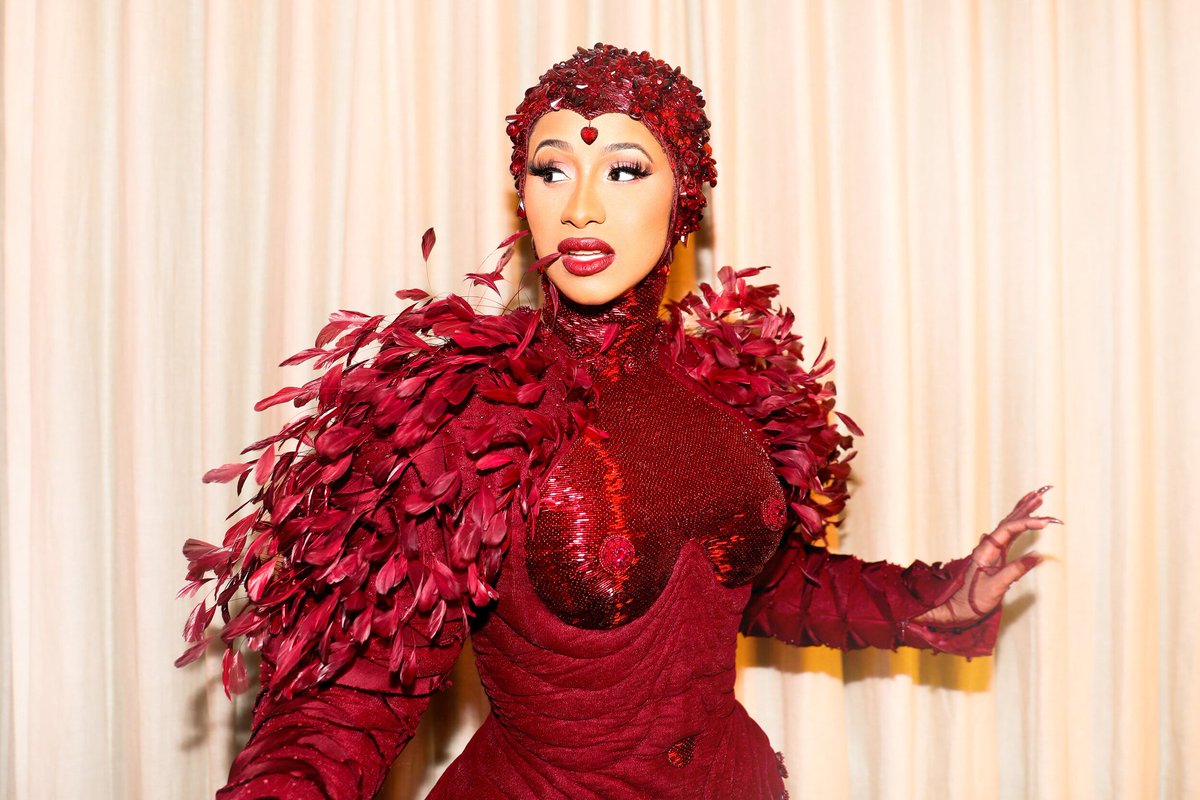
Other than collaborating with the famous rapper, this black photographer was also approached by Billboard, Rolling Stone, GQ, and Vogue. In terms of brand collaborations, Flo has worked with global enterprises like Nike, Apple, and Bank Of America.
Ngala is known for her sharp and stark style, as she conveys the beauty of her subjects while placing a lot of emphasis on symmetry.

Location: LA/NYC, US
Evon’s photographs convey cultural, social, and personal experiences while adding a new dimension to the concepts of heritage, love, and labor within the Black community. Myesha draws inspiration from photographic and figurative portrait photography, documentary photos, and editorial conception.

Myesha’s work is largely influenced by the physical manifestations of black culture and its embodiment in music, fashion, and family legacy. She believes in the importance of sharing the stories of her community, which have largely been ignored in the past.
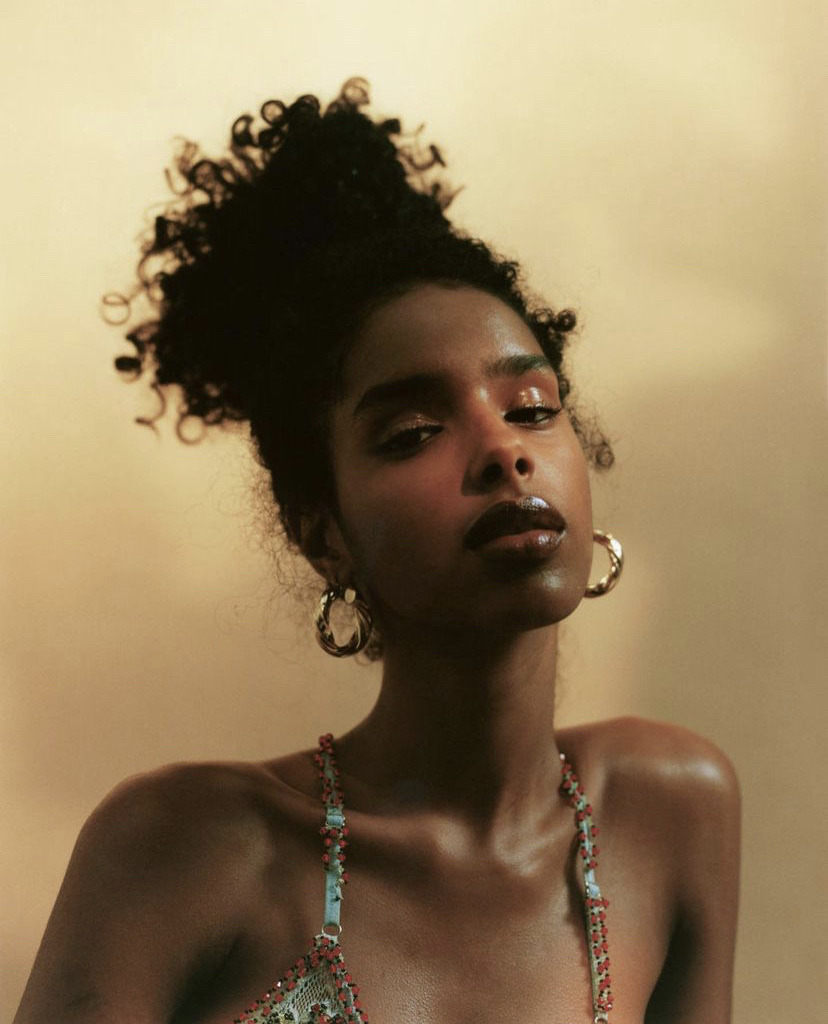
Location: LA/NYC, US
Branding himself as a visual storyteller, Isaiah mainly features trans and gender-expansive subjects to transform the widely-accepted narratives that surround these generally misrepresented communities that are frequently fetishized. Texas' goal is to counterbalance the damage dealt by some more controversial photographers.
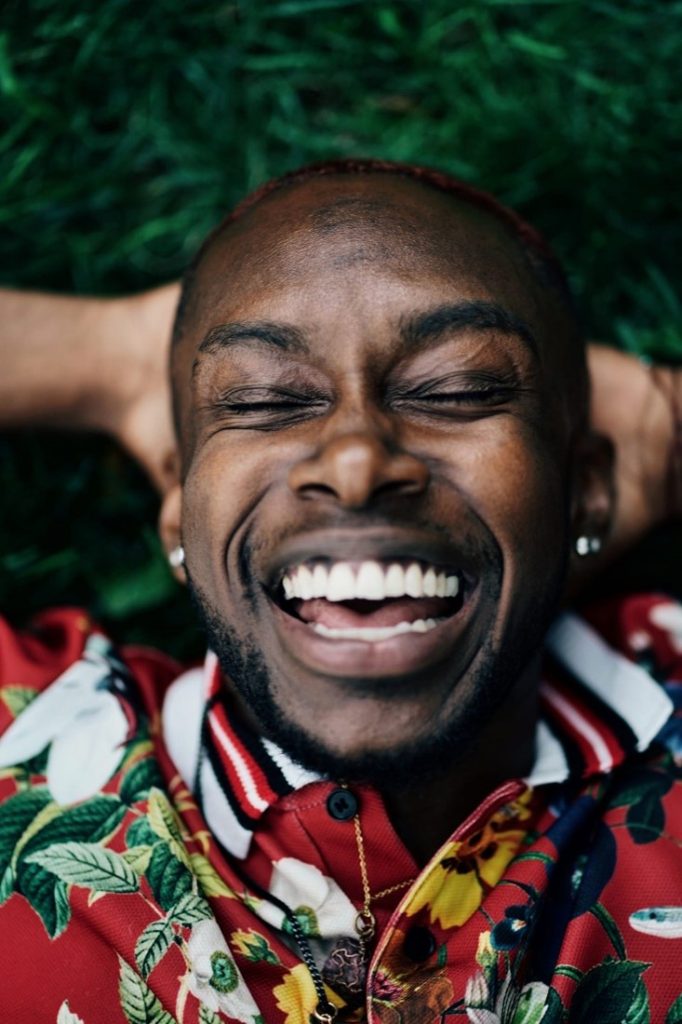
Isaiah is one of the young black photographers who create cozy and supportive shooting conditions that are perfect for establishing a mood of intimate candidness. Texas is a big fan of close-up portrait photography, as he uses this technique to emphasize the personality, sensitivity, and emotions of his models.
Isaiah has earned recognition for his utilization of light and warmth, muted tones, and the created dreamlike atmosphere that oozes out of all of his photos.
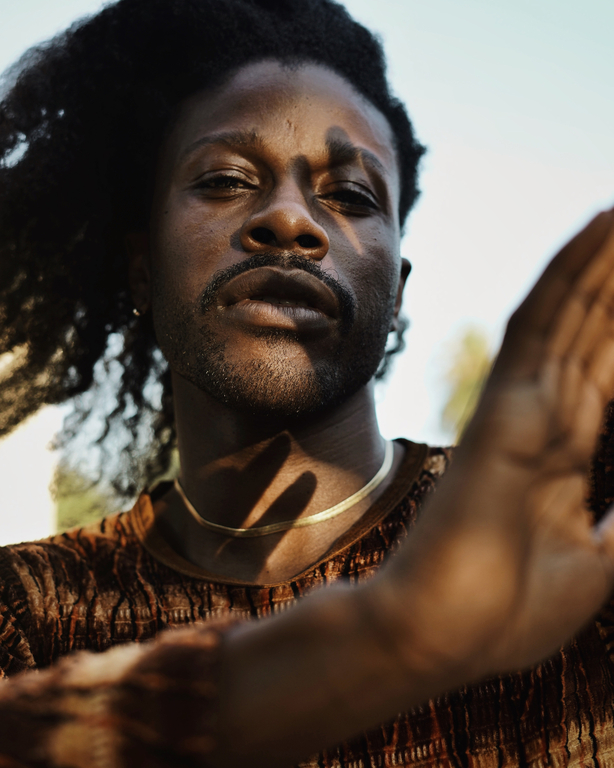
Location: London, UK
Campbell has collaborated with such leading publications as Time, Vogue, and Rolling Stone, while his Instagram feed will help you instantly understand how he became so popular. Addy’s works are the embodiment of a unique mix of fashion photography and eye-catching portraits that blur the concepts of traditional gender norms.

A dignified, self-branded black queer, Campbell makes sure each photo tells a unique story about every model, as he worked with such popular individuals as Kendell Jenner, Duchess Megan Markle, and FKA Twigs, along with many other influential black legends like Nadine Ijewere and Naomi Campbell.
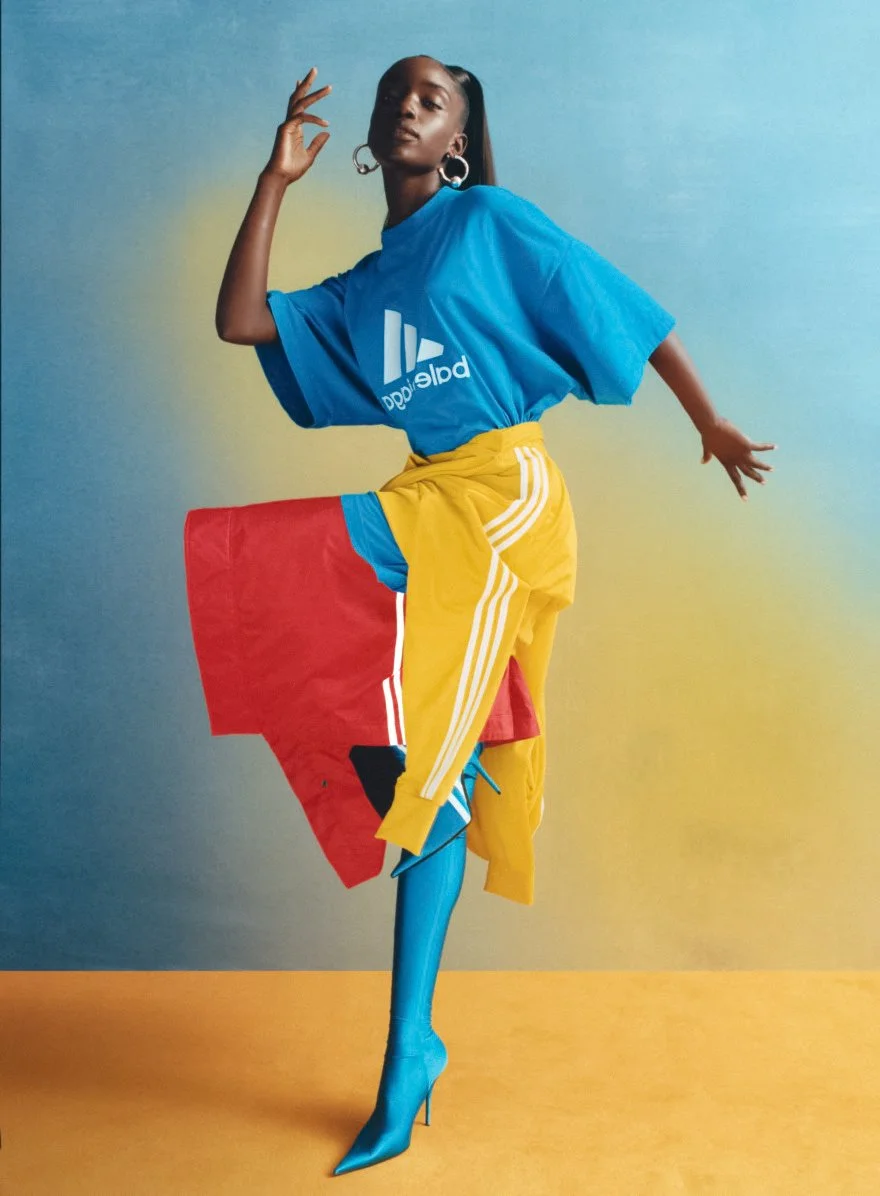
Location: NYC, US
Deborah is globally celebrated as the first photographer to conduct in-depth Black historical research while establishing the Black photography canon.
Moreover, Willis works as a professor of photography at New York University's Tisch School of the Arts, using her position to motivate and mentor endless waves of new students.

Deborah’s work is dedicated to the topics of identity, race, and representation, as she is highly praised for her talent to convey the complexity and challenges of Black life. Willis has also hosted multiple large exhibitions, including the earthshattering "Posing Beauty" at the Newark Museum, which focused on the different ways beauty has been envisioned and embodied throughout the history of photography.

Location: Bahamas
Melissa is an emerging Bahamian portrait photographer who mainly works in the documentary genre. Residing in Nassau, Melissa excels at destroying stereotypes regarding the idolized Bahamanian “paradise” and showing the real life of the local residents.

Melissa's approach has earned her the reputation of one of the most revered black street photographers, as she tells the stories of regular people getting by in the Bahamas. Alcena’s photos are personal and intimate and her work never shows Black people that are being looked down on since that goes against her principles.
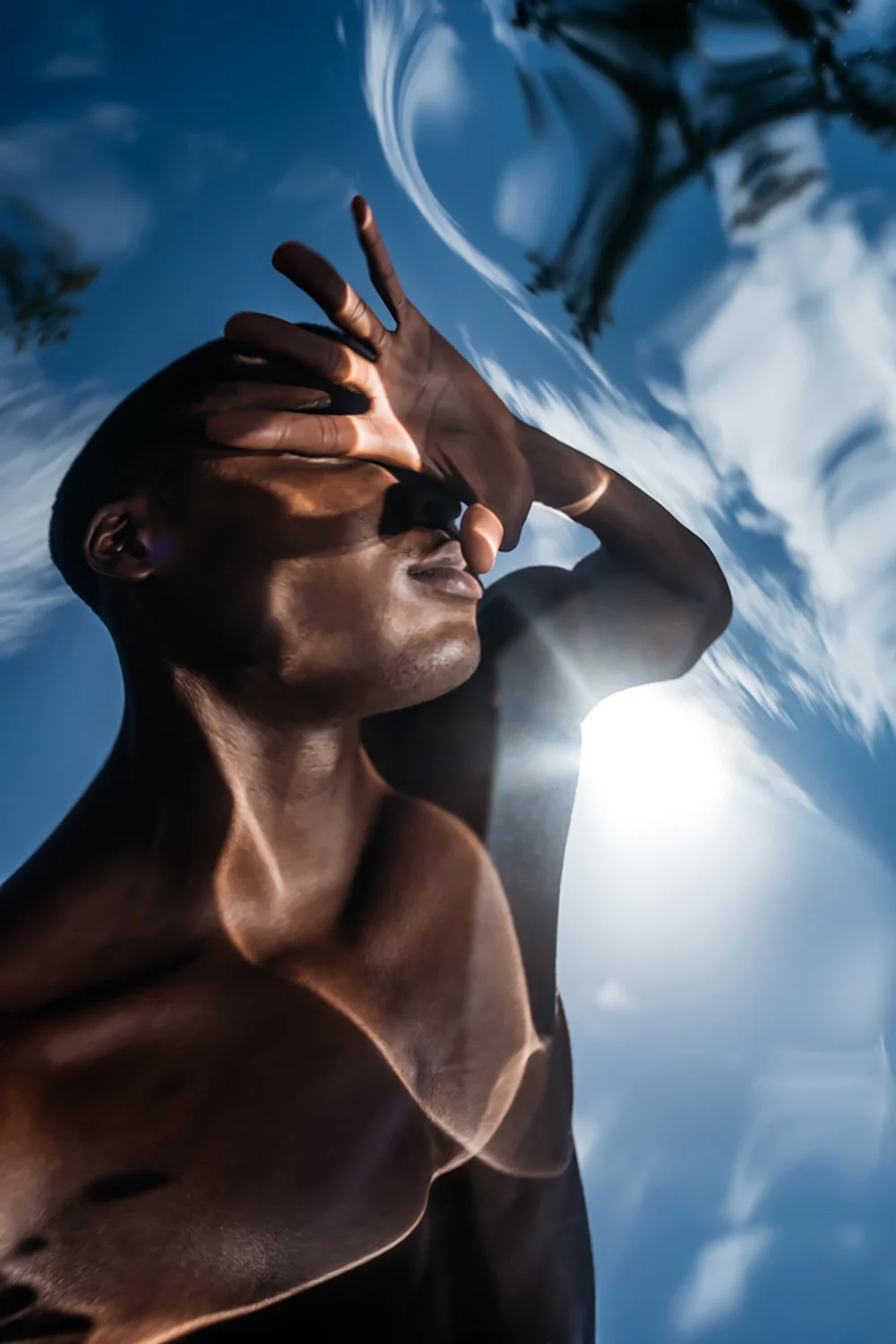
Location: Malibu, US
Alston has taken monumental photos of the cast of Black Panther, including the late Chadwick Boseman. During his career, Kwaku has also worked with Beyoncé, Donald Glover, and LeBron James among many other notable black celebrities.
His services are also in high demand among global brands like The New York Times Magazine, Time, Pfizer, Coca-Cola, and Target.

Kwaku’s portrait photos ooze a candid, fresh feel while promoting the extraordinary nature of each subject, as he finds the perfect balance between modern documentary photography and traditional portraiture. Alston draws inspiration from various sources, with locations being a key aspect of his creative process.
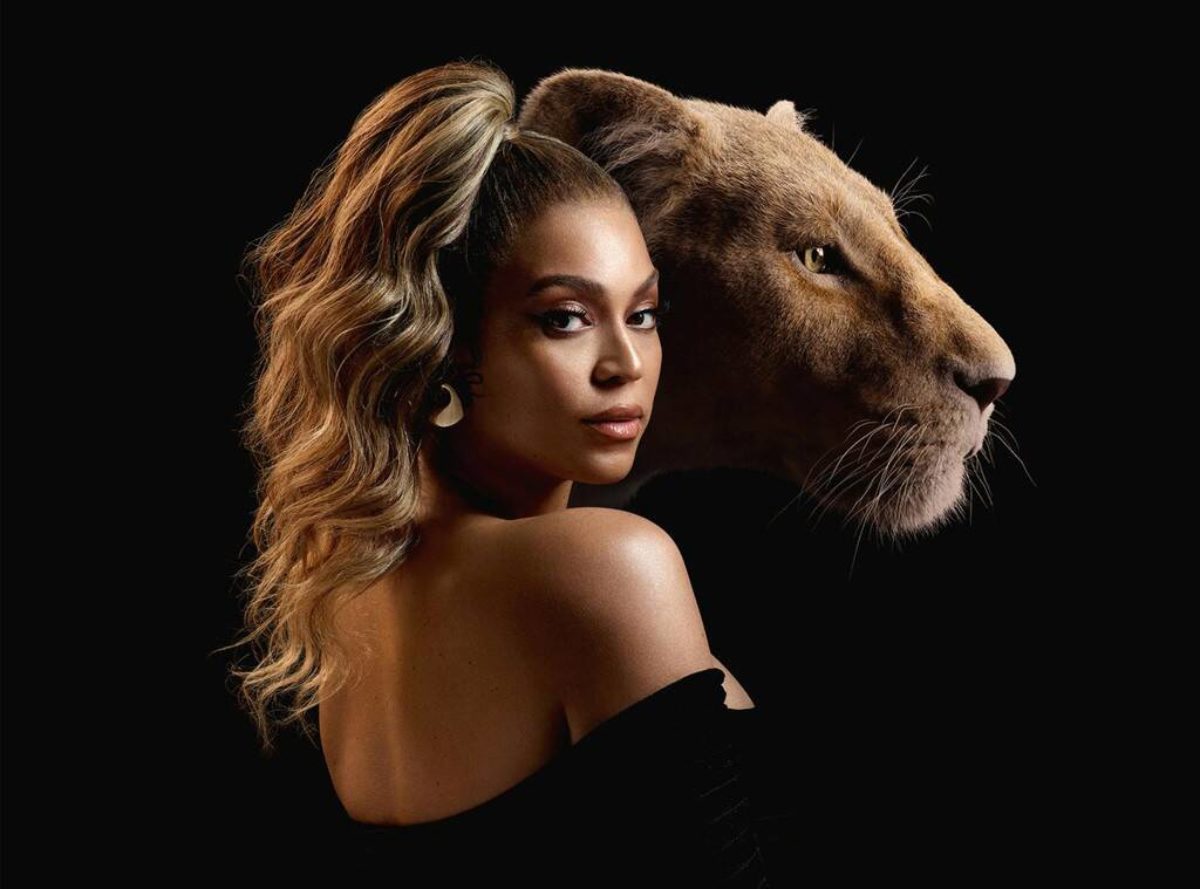
Location: Detroit, US
Ming Smith is an incredibly talented photographer who has managed to capture in-action shots of iconic black individuals like Alvin Ailey and Nina Simone as well as an array of popular jazz musicians. Smith’s career first gained traction when her work was published in the Black Photographer’s Annual in 1973. She’s also one of the first members of the Kamoinge Workshop, a group that spans multiple generations of famous black photographers.

Ming's artistic efforts only started to get recognized after she participated in multiple high-profile exhibitions. In addition to pure photography, Smith also engages in collage and painting to show her entire creative range. Her trademark technique is the usage of blur which adds a transcendent feel to her works through soft hazy strokes of shadows and highlights.
.jpg)
Location: Kansas, US
After going through the unfortunate experience of being a part of a segregated school, Gordon Parks knows all too well what social and racial discrimination feels like, and that knowledge is heavily reflected in his work. Born in 1912 in Fort Scott, Kansas, Gordon was raised surrounded by poverty and racism.
His life took a turn for the better when he was hired as the first Black staff photographer for Life magazine in 1948, as Parks got to cover serious social and political topics like the Civil Rights Movement, poverty, and urban life.
As an employee of Life Magazine, Gordon took a huge collection of iconic photos of popular individuals like Barbara Streisand, Muhammed Ali, and Malcolm X.

His creative approach allowed Parks to receive the title of Photographer of the Year in 1960. Gordon is also a pioneering moviemaker, having directed significant features like "The Learning Tree" and "Shaft." The photos created by Parks have played a crucial role in forming the representation of Black Americans in the media.
Location: Portland, US
Another pillar of the industry, Carrie Mae Weems is among the famous female photographers, who became popular thanks to her photography series ideas that question classic domestic and gender roles in a series titled The Kitchen Table. Even though Carrie Mae is primarily famous because of her photos, she also has experience creating videos, digital art, fashion designs, etc.

After receiving the initial recognition, Weems created several popular collections such as From Here I Saw What Happened and I Cried (1995-1996), which showcased how photography was used to consolidate and spread racism. Carrie Mae's photos were hosted The Museum of Modern Art, the Guggenheim, The Art Institute of Chicago, and more.

Location: New York, US
Frequently referred to as the founder of black and white fine art portrait photography, DeCarava’s career has spanned over 6 decades.
Roy’s iconic photos that show the lives of Black Americans in Harlem have cemented his spot among the most famous black photographers of all time. DeCarava heavily relies on shadow and dark tones to convey the mood and feel of Harlem streets and homes.

Roy is one of the founders of the Kamoinge Workshop, an organization of black photographers who strived to spread the word about their work while building a supportive community. DeCarava’s photos received the Guggenheim Fellowship award in 1952 for their significance in showing Black life and culture.

Location: New York, US
Simpson got her Master’s degree in Fine Art and took advantage of her talent to show underrepresented groups in her work, most notably – black women. Praised for being an early adopter of the conceptual photography technique, Lorna dedicated her work to uprooting stereotypical, dated beliefs related to gender, race, and identity.
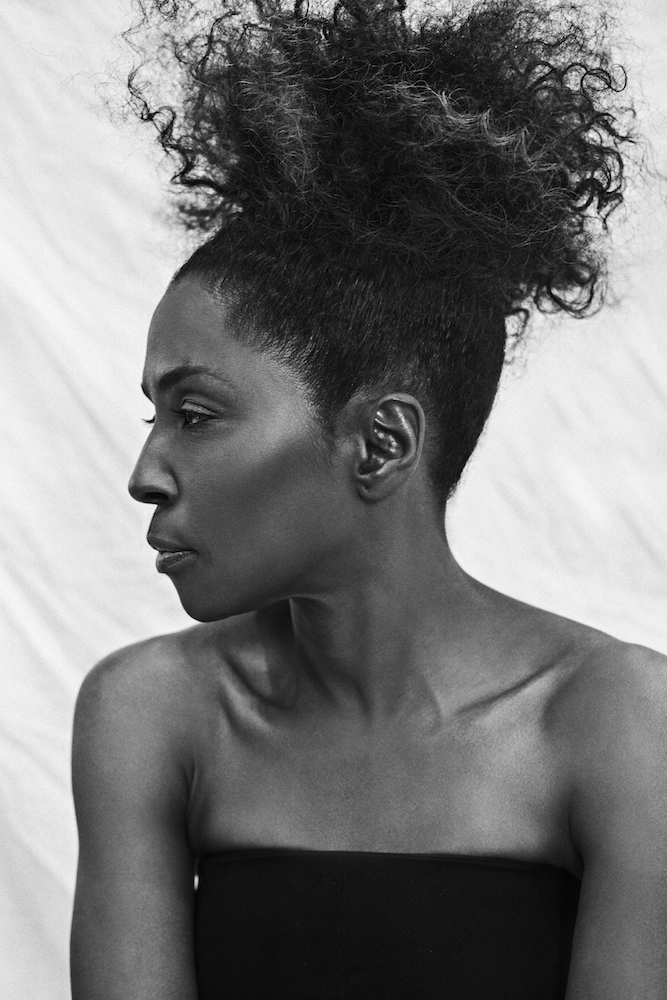
In the late 80s and early 90s, Simpson started to include her own image in her photos, frequently employing wi
gs and other accessories to break down the different ways people use for building their identity. Lorna's signature approach of pairing an image with text involves her adding short text passages or superimposing them over photos to add even more meaning to her work.
